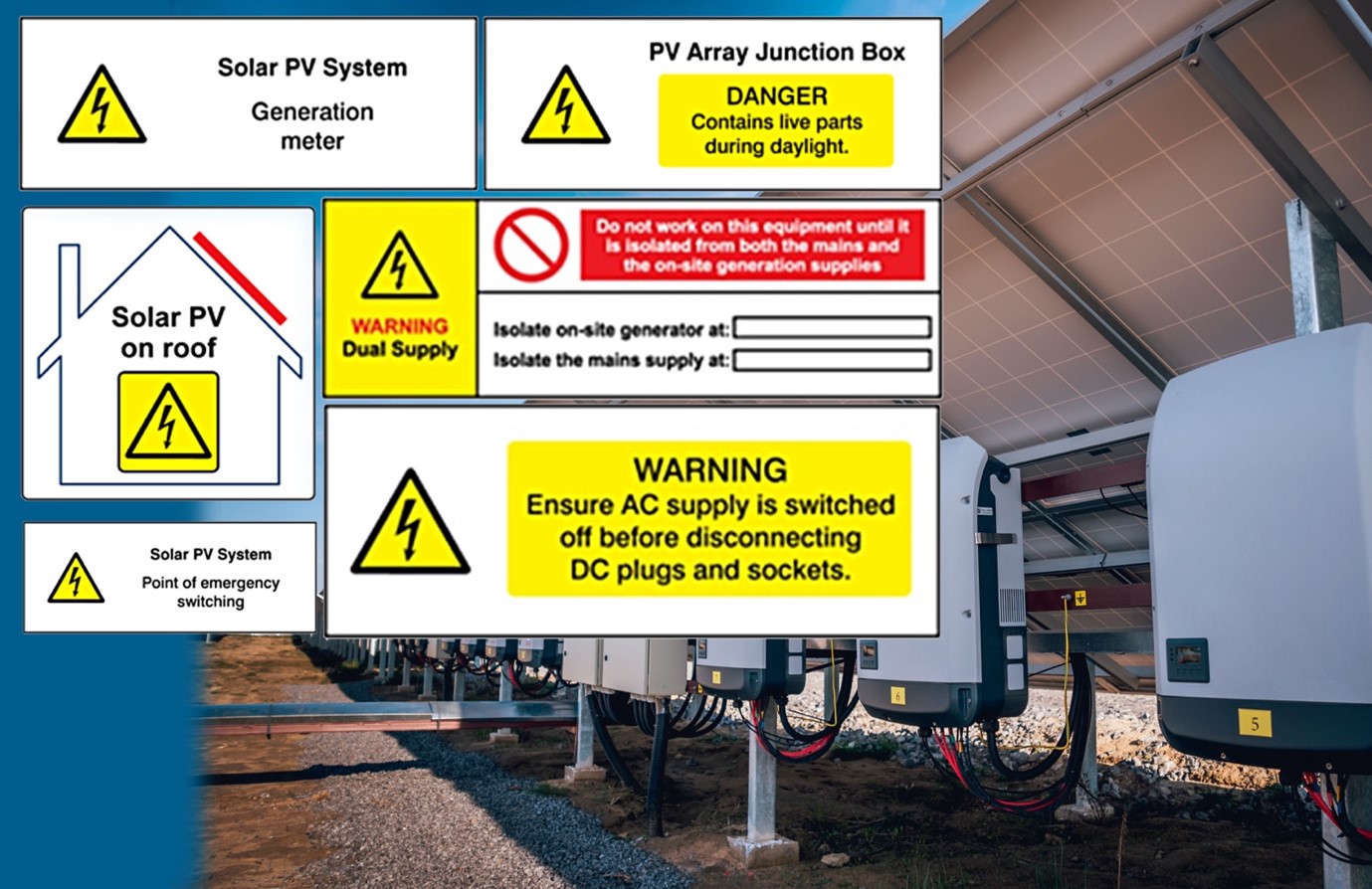
Solar energy is, thankfully, rising in popularity. Once thought of as something too expensive for the regular consumer, solar panels are now regularly seen on modern builds, older homes and office buildings too.
According to industry predictions, solar energy is set to be worth $176.2 Billion by 2027. Of course, whenever an industry explodes in popularity, safety measures must be reviewed. If you’re thinking of installing solar panels, then you need to know all about solar panel safety.
Below, we discuss what a photovoltaic cell is, its role in solar panel installation safety and some general solar guidelines.
What is a Photovoltaic Cell?
So, why are we talking about photovoltaic cells? Commonly known as solar cells, these complex cells are what transfers light into solar energy. They may seem harmless, but because they’re involved in transferring light and heat into electricity, they carry significant electric and fire risk.
There are three major safety concerns you should look out for when installing photovoltaic cells:
- Electronic conductors and energised conductors can shock you.
- Arc faults can result in a fire.
- Arc faults can result in explosions.
For this reason, photovoltaic safety should be the top priority when installing solar panels. This means installation should always be in the hands of a trained professional.
We will discuss other solar panel installation safety measures below.
Solar Panel Installation Safety: The Basics
Photovoltaic safety aside, installing solar panels comes with other risks. Usually, if you are installing solar panels, you’re working from height, which alone brings numerous safety concerns.
Solar panel safety should involve:
- Ensuring proper scaffolding is used to access the roof or when working at height.
- Creating a working at height risk assessment before working at height and using all appropriate equipment needed. You can learn more about working from height with our blog post Working at Height: Are You Managing the Risks Properly?
- Ensuring there are no leaves or other debris under the solar panels, as long-term these can result in safety issues like fires and electrical faults.
- Grounding yourself and your panels before installation. Any electrostatic shock can cause major issues, which you can read all about in our blog post Shocking: What is Electrostatic Shock, and How Can You Protect Against It?
There are a number of other factors that you can read all about in the HSE’s Health and Safety In The New Energy Economy report. Additionally, using proper photovoltaic safety labels can help too.
How Labels Help With Solar and Photovoltaic Safety
Photovoltaic or solar PV labels identify hazards for equipment that generates electrical power, such as solar panels. This ensures that anyone who interacts with any part of a solar panel – from its cabling to the junction box to the panel itself – is clearly informed about its purpose and dangers.
Each photovoltaic label must comply with BS EN IEC 62446 regulations, which all in our range do.
Stock Up On Photovoltaic Safety Labels Today
Stock up on high-quality photovoltaic safety labels from Label Source today. We have a reputation for producing clear labels which last for the long term, regardless of sunlight exposure, weather or time.
For more safety news, be sure to follow our Twitter for regular updates.